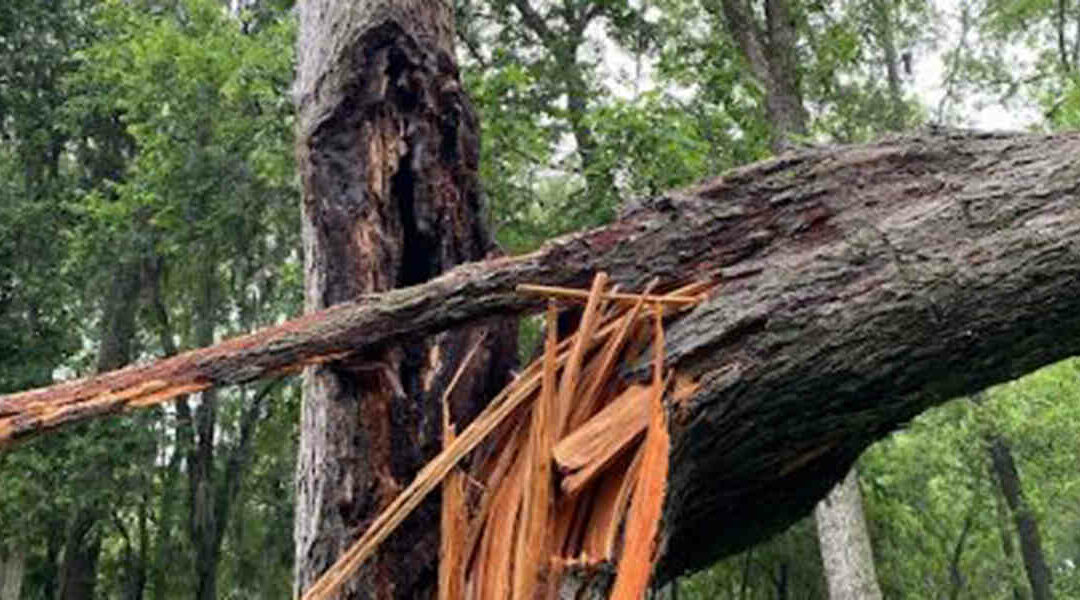Whether it’s in your yard or the park, a hollow tree trunk can be a bit of a shock for the passive observer. If you’re on a hike or examining your collection of beautiful trees at home, the question can come up: “Are hollow tree trunks dangerous?”
If you’ve ventured a hollow tree inspection and have no idea how to tell the difference between a safe and potentially dangerous tree, this post is for you. Below, Meadows Tree Service, a trusted tree service in Foster, Texas, shares everything you need to know about tree trunk decay and when to panic.
Tree Trunk Cavities: Stable or not?
When looking at the tree, you can tell the tree is hollow by the visible tree trunk cavity, either on the side of the tree or near the adjacent branches. For instance, when evaluating a tree to see if it’s hollow, try to look for the signs that the tree may be dead, dying, or decaying.
If your tree is dying and hollow, this could make it so structurally unsound that it has a real chance of falling over.
Signs of a Hollow Tree Trunk
Do you see a tree that you think is hollow?
First, check whether the tree is dead or not. Signs of dead trees include:
- Peeling bark
- Cracks in the trunk
- Leaf litter outside of the fall season
- Fall coloration outside of the fall season
- Excessive branch litter
- Fungi surrounding the tree base
Whether the tree is alive or dead, arborists will usually test tree trunk integrity to determine how stable it is.
Are Hollow Tree Trunks Dangerous?
Diagnosing hollow tree trunks is a matter of determining how healthy a tree is. A hollow tree trunk doesn’t necessarily mean it’s dangerous to walk under the tree or have it in your yard. Some hollow trees may even persist for many years onward.
Hollow tree treatment considers these factors:
- Tree age: If a tree is old, there’s a chance it could be on its way out. Age and lifespan all depend on the species.
- Environmental status: If you’ve noticed storms, hail, and wind in the area, a hollow tree could be at risk.
- Tree species: Species can impact almost every aspect of a tree’s life, including how well it resists diseases and how long it lives.
- Hollow size: If the hollow part of your tree is small, it may not be a problem. If it is significantly large, however, this could be a big opening for infection or invasion from insects that you should monitor.
Trust Your Local Tree Experts To Fill In the Gaps
Now that you know more about a hollow tree trunk, you may realize your trees aren’t as fragile as they appear. Still, understanding how to care for them properly can make the difference. Learn more about how to keep a tree alive or how to better prepare for tree transplants with Meadows Tree Service or call 832-692-4931 today for tree care services in Texas.

